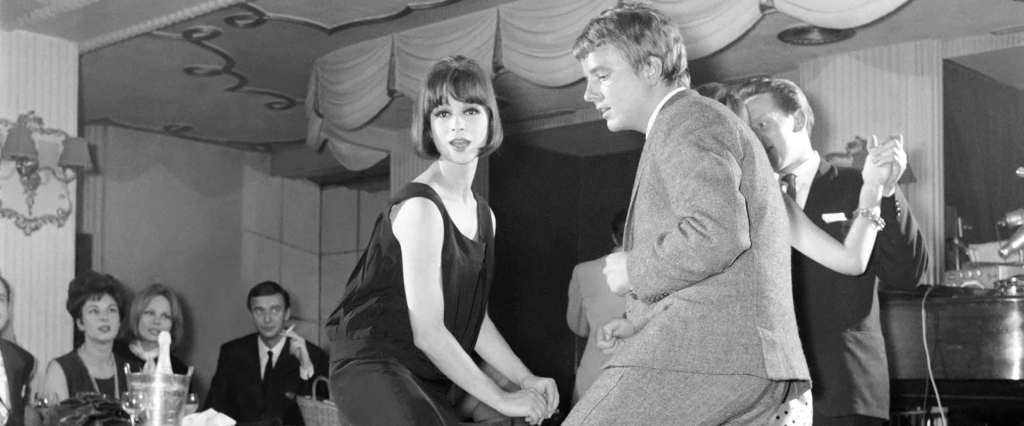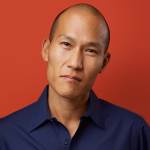
I’m a terrible dancer. I can move to a few songs and genres—reggae, a little merengue, ‘90s hip hop—but my range is limited and I’m not good with partners. It could be worse, though. You’ve seen the person on the dance floor, at the holiday party: Their left arm is not aware of their right leg, while their hips act completely independently of the head and neck.
Organizations can be just as awkward. Each with their own habits and capacity for coordination, some of these bodies are capable of collective rhythm and grace, while others include departments that act independently of one another, with no syncing or even awareness of other teams or colleagues. But I’ve recently learned some new steps—and there’s a new tool to help funders in the democracy field look like pros on the dance floor.
Three steps to becoming a better dancer
About a year ago, I discovered Ford’s inner dancer—awkward but eager to improve. I observed that many of our US strategies were national in scope, while some areas were explicitly focused on metro or regional impact. But a crucial level was missing: states. So I started interviewing colleagues and asking them if they funded at the state level—and if so, what was their rationale for the work and which key grantees were they supporting? My colleagues responded enthusiastically. Our conversations led to the formation of a state power working group, and our efforts taught us a lot about how the different limbs of the foundation think and act.
Improvement didn’t come overnight. It took well over a year to develop greater self-awareness as an organization, with three key stages in the process. First, program officers had to produce clean data that could be visualized to map out what places our funding covered. Then we looked at our collective efforts in, say, Texas or Ohio, and explored how to align the various initiatives in the area. From there, we could more intentionally coordinate strategy—collaborating with more efficiency and dancing with a bit more grace.
What did our new moves look like? Well, instead of pursuing discrete objectives on education reform, reducing incarceration rates, and raising the minimum wage in New York or Minnesota, we developed a shared analysis of needs and challenges in a state’s ecosystem of organizations. We considered what types of infrastructure, like shared tech tools or communications capacity, as well as issue campaign opportunities might advance our collective interests. We looked at what deeper demographic or economic trends to track. We learned together and began to model what we ask of our partners on the ground—to be in stronger alignment on goals, with a strategic division of labor and coordination of efforts.
How to be a good dance partner
When we dance with others—whether it’s the broader field of philanthropy or a network of civil society organizations—coordination becomes even more complicated. For organizations to align and collaborate with one another, individual dancers must be skilled, self-aware, willing to lead and be led, in order to be in sync. Again, this kind of alignment or coordination begins with visualizing the field, making all the organizations in a network aware of their peers.
For the democracy field, there’s good news on this front: The Foundation Center has just released an important tool—“Foundation Funding US Democracy”—which helps make transparent what is funded, by whom, and where. It sorts and visualizes data the many democracy-related efforts foundations have funded since 2011.
At Ford, we’re excited about how we can use this new tool in our Civic Engagement and Government work. The data it provides and transparency it facilitates can help our field lay bare assumptions and contrast theories of change, so that we can evolve toward becoming better at planning and collaborating. Imagine funders of civic participation understanding each other’s long-term goals, creating divisions of labor, and then coordinating in states and elsewhere. Imagine this field sharing rigorous research and evaluation, and then using it to develop collective intelligence about whether voter registration or issue organizing are most effective, during what part of the year, under what conditions, and in which communities. And imagine this being in sync with voting rights campaigns or campaign finance reform efforts.
We are already using the tool to understand better whether foundations that are funding a few organizations in the field are doing so in ways that build strategic coherence and deepen institutional viability. Or are they causing fragmentation and frustration? We are also exploring the blind spots in philanthropy: areas of work that have fallen out of favor and are no longer funded yet remain vital to the field, or experimental initiatives that need funders to take more thoughtful risks. And by looking at these data over time, we can analyze whether our funding suffers from unhelpful boom-bust patterns related to electoral cycles, instead of the more predictable levels that are necessary to do deep, sustained work.
Inspiring to imagine and worth aspiring to, isn’t it? The first steps are there, and before we know it, we’ll be combining individual skill, interpersonal adaptation, and collective creation in powerful ways. So what do you say—shall we dance?
